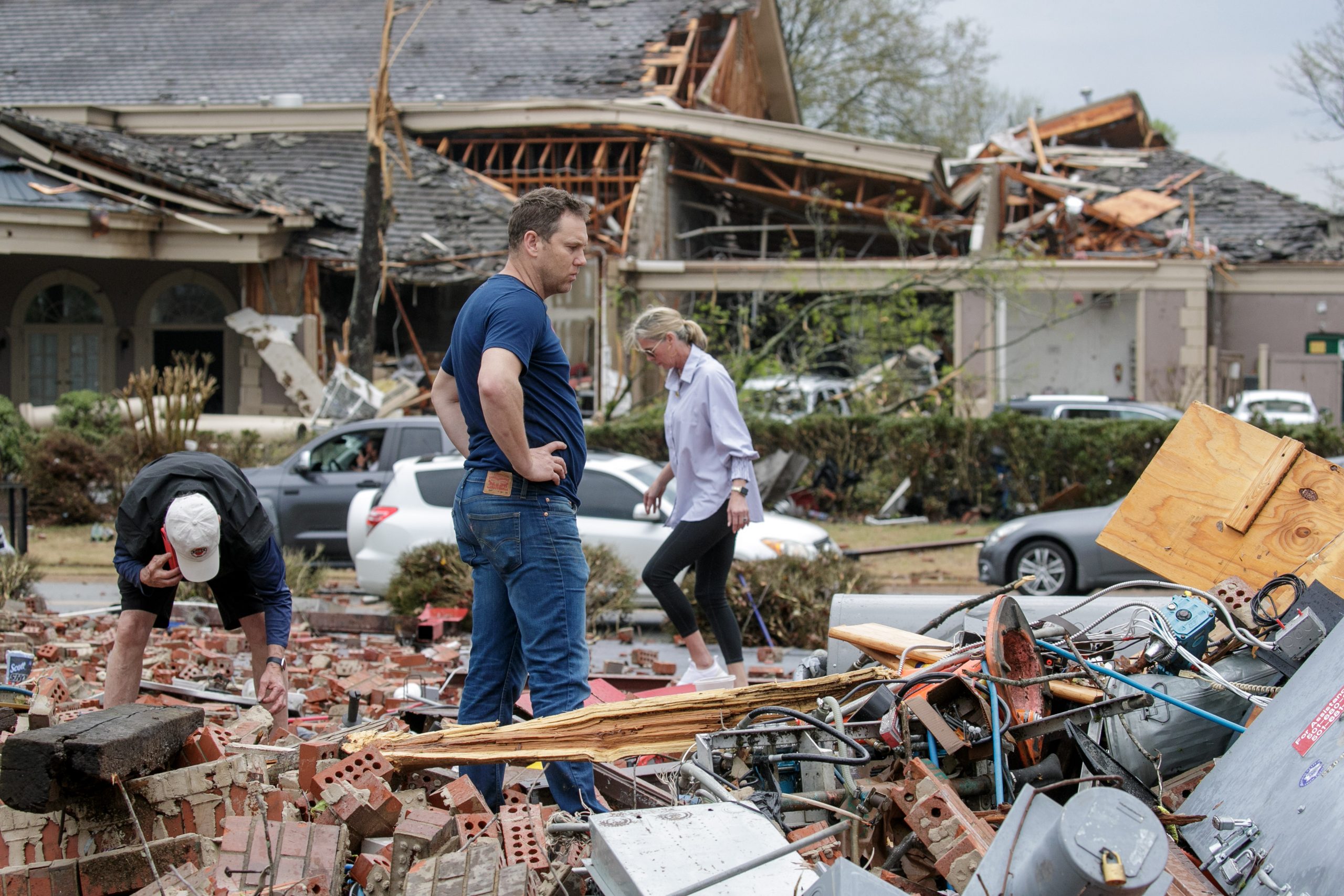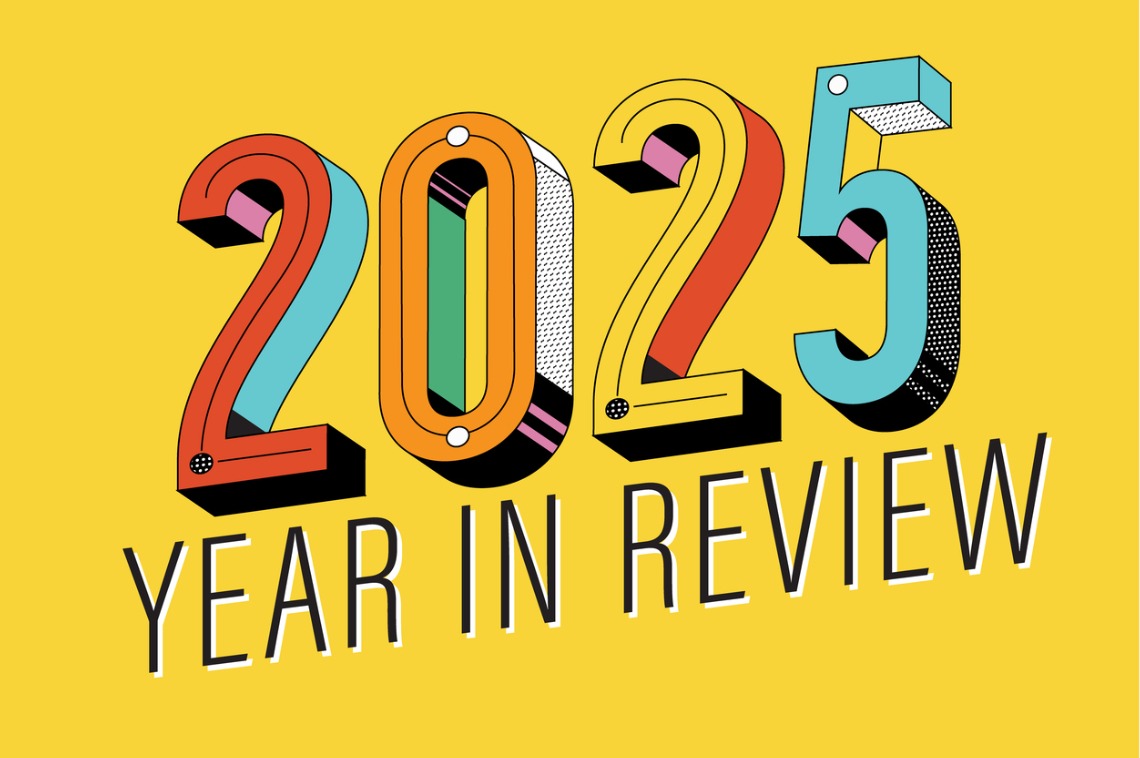A
devastating tornado that struck Little Rock, Arkansas on March 31, 2023, left a trail of destruction in its wake. While the immediate impact was felt by those whose homes were damaged or destroyed, nearby homeowners who escaped unscathed also suffered losses. According to research by finance and real estate professor Jeffrey P. Cohen and his team, undamaged homes within 250 meters of tornado-damaged properties experienced an average price decrease of 36%. This decline in value extended up to a half mile from the disaster area.
The study's findings were surprising, even to the researchers themselves. "This kind of natural-disaster-created destruction is concerning to potential homeowners," Cohen said. "It's not just about a minor issue like a lawn that needs mowing; it's about seeing pieces of a home piled up and wondering when it will be fixed, if ever." The team's research suggests that values return to normal in about nine months after the tornado.
The study has implications for state leaders, particularly in Connecticut, where natural disasters like hurricanes pose a significant risk. "The implication for state governments is to subsidize recovery efforts, if possible, to expedite regional recovery and bounce back," Cohen said. The research may also have relevance for other types of natural disasters, such as wildfires and earthquakes, which can leave behind visible signs of destruction that deter potential homebuyers.
Cohen's work was motivated by a tornado that struck St. Louis in May, which led him to wonder what insights could be gained from the Little Rock disaster. The study is timely, given the current hurricane season and the threat posed by Hurricane Erin. "In Connecticut, if or when we get hit by a hurricane, it would be helpful to speed up recovery incentives, so it doesn't hurt additional property value," Cohen said.
The researchers used a GIS story map to visualize the effects of the tornado, which helped to illustrate the significance of their findings. "You see areas of total devastation, not simply a hole in the roof," Cohen said. "I think being able to visualize it makes it that much more impactful."















